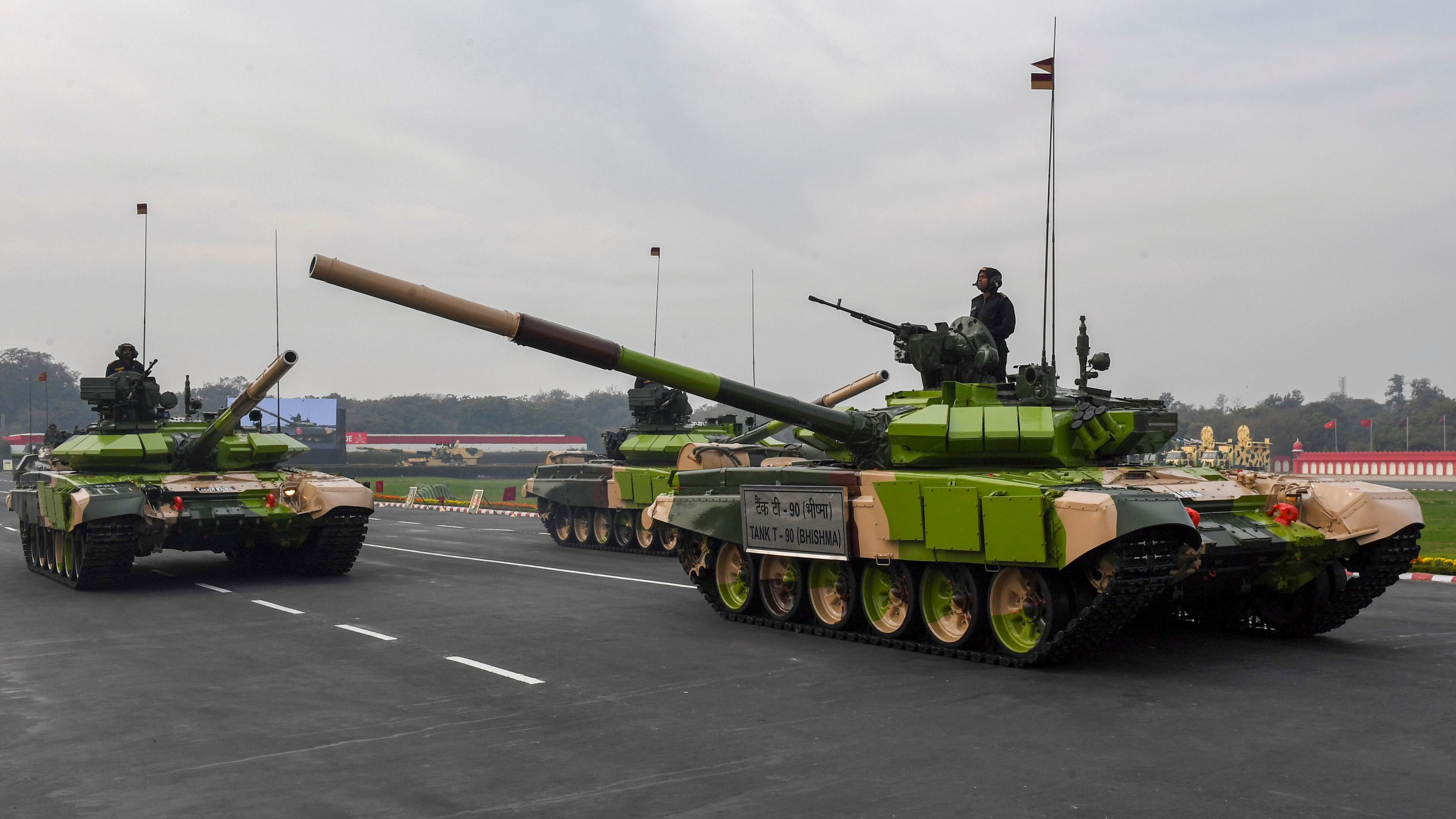Spurred as much by the economic considerations as the embarrassment of continued dependence on imports, the Indian government has taken several steps this year to galvanize defense production in the country.
In what many consider to be a long-overdue reform, Finance Minister Nirmala Sitharaman announced May 16 the corporatization of the Ordnance Factory Board, or OFB, that manages 41-odd ordnance factories located across the country. This change is expected to double OFB’s turnover to approximately $4 billion by 2025 and, in the process, address concerns about the quality of its products.
The decision is in limbo because of stiff opposition from the employees’ federations fearing layoffs and other deprivations, which was to be expected. In a belated move, an Empowered Group of Ministers, headed by Defence Minister Rajnath Singh, was constituted in September to address their concerns. It is unknown if any headway has been made by the group.
Considering the stringent criticism heaped on the existing public sector corporations, nine of which are administered by the Ministry of Defence, corporatization alone may not yield the desired results. The newly created corporation will need to invest in research and development, and upgrading of infrastructure, to be able to manufacture better quality products required by the armed forces.
Meanwhile, in an unusual move that can be described as “forcible indigenization,” in August the MoD released a list 101 items whose import was scheduled to be banned over the next five years beginning in December. It included not just simple parts but also “high-technology weapon systems” such as transport aircraft, combat helicopters, rifles, corvettes, sonar systems, armored fighting vehicles and submarines.
RELATED

Enforcing the embargo may not be problematic for products that are already being, or can easily be, manufactured in India per the armed forces’ mandated specifications, such as the light combat aircraft Mark 1A or Pinaka rockets. However, the MoD will have no option but to waive the ban if an indigenously developed and manufactured product, meeting the requisite specifications, is not available when the embargo kicks in.
Close on the heels of the ban on imports, the long-awaited Defence Acquisition Procedure, known as DAP 2020, was promulgated by the MoD in September. This document is a curious mix of policy and procedures that will govern capital acquisitions for the armed forces and the Coast Guard over the next few years.
With a greater emphasis on the use of indigenously developed military materials and software, prioritizing procurement from Indian companies, and tweaking the offset policy to incentivize the export of fully formed equipment and platforms, DAP 2020 is aligned with the government’s “Atmanirbarta Abhiyan,” or its campaign for self-reliance.
In a surprising and probably counterproductive relief to the foreign original equipment manufacturers, procurement contracts governed by intergovernmental agreements and special arrangements like the Foreign Military Sales scheme of the U.S. government have been exempted from offsets.
Prima facie, the policy orientation of DAP 2020 seems incompatible with the efforts to involve the foreign original equipment manufacturers in India’s quest for modernization of the armed forces. To address this dichotomy, the cap on foreign direct investment, through the automatic route was raised to 74 percent in September 2020, while higher investment, wherever it facilitates access to modern technology or it is considered justifiable on other grounds, will continue to be subject to government approval.
This increase in the cap comes with some riders, one of which is that the investment shall be subject to scrutiny on grounds of national security and that the government reserves the right to review any foreign investment in the defense sector that may or may not affect national security. This introduces an element of uncertainty, not least because the notion of national security is fluid.
Be that as it may, the foreign original equipment manufacturers can draw solace from the fact that, under the “Buy (Global — Manufacture in India)” category that replaces the “Buy and Make (Indian)” category in DAP 2020, they will have the option of manufacturing the equipment contracted by the MoD through their own subsidiaries, if they do not want to do so through joint ventures or other Indian production agencies.
There is no denying that the MoD has been earnestly striving to reform the system and has taken some bold decisions, like OFB’s corporatization and increase in the foreign direct investment cap. But its success in achieving the intended outcome would depend on how well and how speedily these decisions are implemented.
In the ultimate analysis, however, the most critical factor would be the future budgetary outlays. Inability of the MoD to buy defense materiel because of financial constraints can weaken the business case for investment in India’s defense sector, which the government is assiduously striving to reinforce by ushering in bold and imaginative reforms.
Amit Cowshish is a former financial adviser for acquisition for India’s Defence Ministry.








